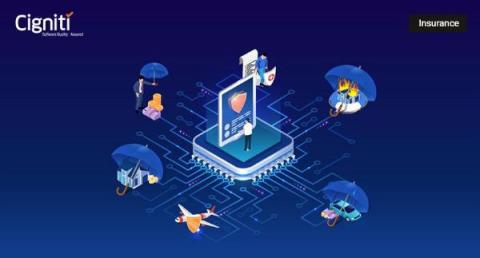The Impact of Digital Transformation on the Insurance Industry
Whether a company is small or large, digital transformation is essential. Every lecture, panel discussion, article, and study about how firms can stay competitive and relevant as the world gets more digital makes that point loud and clear. Many corporate leaders are unsure of what the term “digital transformation” actually entails. Is it merely a memorable way of saying “going to the cloud”? What concrete actions do we need to take?











